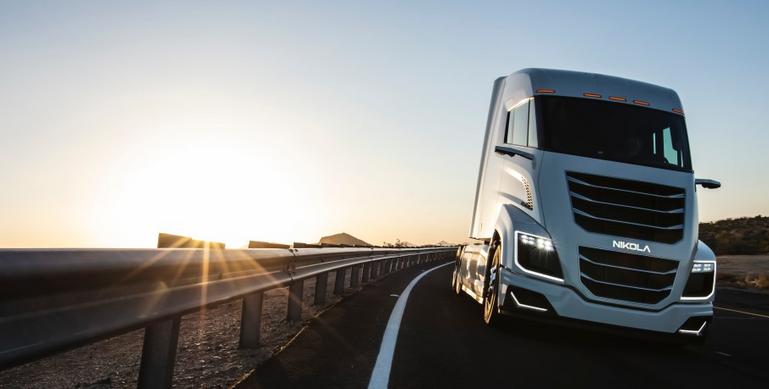
Nikola and Bosch develop fuel cell powertrain for new truck
Nikola Motor Company has showcased its hydrogen-electric powered semi-truck, the Nikola Two, at its Nikola World event.
Bosch technology and expertise helped Nikola to realise the fully functional Nikola Two hydrogen-electric truck with industry-ready heavy-duty truck components and systems.
The trucks feature innovations in automation, connectivity and electrification enabled with Bosch’s assistance.
Engineering teams from Bosch locations in the United States and Germany contributed more than 220,000 hours to the development of the Nikola trucks.
The Nikola truck is more than just a fuel cell vehicle; it’s a rolling super computer.
One of the key elements of Nikola’s advanced system is the Bosch Vehicle Control Unit (VCU), which provides higher computing power for advanced functions while reducing the number of standalone units.
The VCU enables future innovations by providing a scalable platform for the highly complex electric/electronic (E/E) architecture needed to support the advanced features of the truck.
Another is a new commercial vehicle powertrain. The fuel-cell system designed to deliver benchmark vehicle range was custom-designed together by Nikola and Bosch.
The two organisations also worked in tandem to develop the first true dual-motor commercial-vehicle eAxle for a long-haul truck.
The eAxle features Bosch rotors and stators, and Bosch has also contributed functional safety efforts throughout the truck.
Nikola’s vehicles will be missing one standard feature of previous class-8 trucks: side mirrors. In the place of the conventional main and wide-angle mirrors is a camera system, known as Mirror Cam System, which offers drivers a digital side and rear view from the truck cab.
Two cameras, fitted left and right in place of traditional mirrors, feed real-time images to high-resolution displays mounted inside the cab.
The system, developed by Bosch and Mekra Lang, adjusts the monitor display to match the driving situation digitally.
It captures both rear-view fields of vision of a CV mirror with a camera lens on each side of the vehicle cab.
In addition to increasing safety, compact digital cameras instead of mirrors offer aerodynamic advantages as the cameras are considerably smaller than mirrors and therefore reduce drag.
Sensors on the truck will connect with an app on a driver’s smartphone so that when the driver approaches the vehicle the door unlocks, and locks again as soon as the driver moves away from the truck again.


